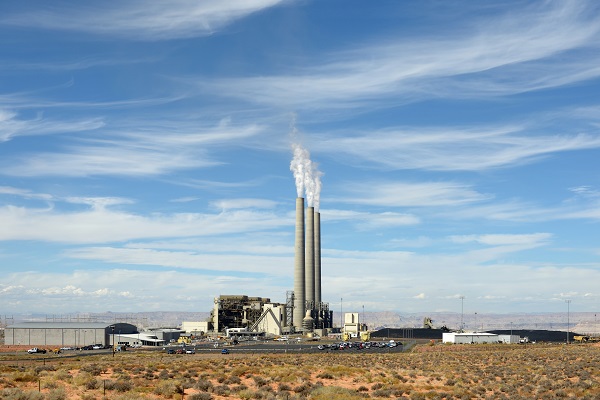Most economists agree that pricing carbon dioxide and other greenhouse gases, either through a tax or a cap-and-trade system, would address the market failure inherent in an economy that doesn’t price damaging emissions.
But while much has been written on the advantages and disadvantages of a tax approach relative to other climate policies at the federal level, few studies have been dedicated to the design of a carbon tax at the state level.
In “State-level carbon taxes: Options and opportunities for policymakers,” (PDF) the authors address that gap by examining the finer details of issues that will arise in designing a state-level tax, including: which entities, sources, and sectors that states can feasibly tax; the role of existing state policies; the treatment of traded fuels, electricity, and goods; and the potential uses of the revenue, including the set of state revenue instruments that can be involved in a tax swap.
Why a carbon tax at the state level?
States are increasingly motivated to design a carbon tax for a number of reasons. First, a carbon tax is one way states can comply with regulations the U.S. Environmental Protection Agency has begun promulgating under the Clean Power Plan rule in the Clean Air Act. Although the U.S. Supreme Court has stayed the implementation of the rule until further proceedings, some states are continuing their consideration of their options for implementing the rule.
Second, a carbon tax could play an important role in some states own commitments (either in law or in aspiration) to deep, long-term emissions reduction. Massachusetts, New York, and Rhode Island, for example, all have targets to reduce their greenhouse gas emissions by 80 percent of 1990 levels by 2050, and Oregon and Vermont have goals of 75 percent reductions of 1990 levels by 2050.
Revenue is, of course, another motivator for states facing serious long-term fiscal challenges. A state-level carbon tax, particularly if set above the price signals operating in existing cap-and-trade programs and applied economy-wide, could raise enough revenue in many states to play a substantial fiscal role.
So how much revenue is likely? The two charts below provide an illustrative estimate of the potential revenue in 15 U.S. states (full chart of all 50 states available in the full paper download), both in millions of dollars and as a share of state GDP in 2013, by multiplying each state’s fossil fuel CO2 emissions inventory by a hypothetical tax of $20 per ton of CO2.


The actual revenue in any state would, of course, depend on details of the tax base, the tax rate, how emissions respond to the price signal, and the policy and macroeconomic shifts that could lower revenues from other tax instruments.
Because no particular common approach has emerged across states that are considering a carbon tax, one of our goals of this paper is to elucidate the advantages and disadvantages of different options, recognizing one person’s pro might be another’s con. Many options for key policy design elements arise, such as whether the tax would supplement or displace existing state policies, the emissions sources and sectors to cover, the carbon price trajectory, and what to do with the revenue. We consider each of these issues in this paper with an eye to informing the options for state policymakers and stakeholders.




